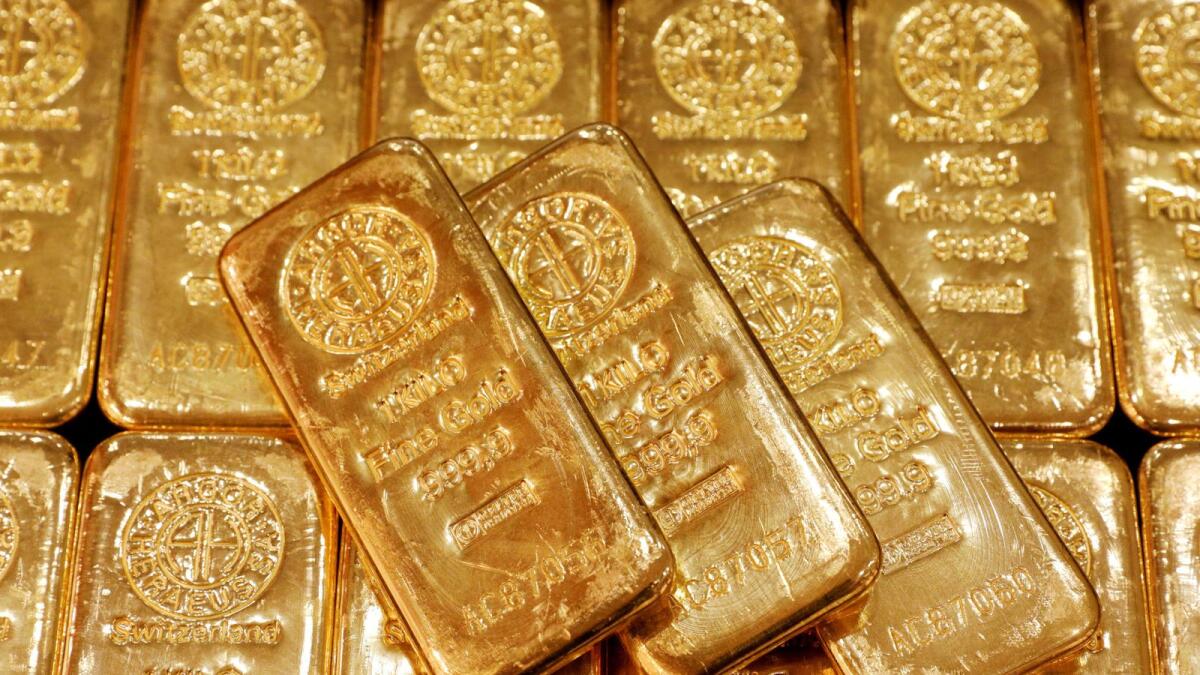Gold prices fell on Wednesday as the dollar and Treasury yields firmed after U.S. inflation data prompted investors to scale back expectations of an oversized rate cut from the Federal Reserve next week. Spot gold was down 0.1% at $2,514.69 per ounce at 1:00 p.m. ET (1700 GMT) while U.S. gold futures were steady at $2,543.80. U.S. consumer prices rose only slightly in August, but underlying inflation showed some stickiness, which could dissuade the Fed from delivering a half-point interest rate cut next week. Bob Haberkorn, senior market strategist at RJO Futures, mentioned that if the Fed opts for a half-point cut, it would signal a surrender, while a quarter point cut seems more likely at this point.
Markets are currently pricing in an 87% chance of a 25-basis-point U.S. rate cut, compared to 71% before the data, according to the CME FedWatch tool. A majority of economists expect the Fed to lower interest rates by 25 basis points at each of the three remaining policy meetings in 2024, with only nine out of 101 experts predicting a half-percentage-point cut next week. New York-based independent metals trader Tai Wong stated that the recent uptick in core CPI has solidified market expectations for a 25 bps rate cut next week, delaying a potential new all-time high for gold prices.
Looking ahead, markets will be keeping a close eye on the U.S. producer price index reading and initial jobless claims due on Thursday. Meanwhile, among other metals, spot silver was up 0.7% at $28.60 per ounce, platinum rose 1.8% to $954.38, and palladium firmed 4.4% to $1,007.75. Russian President Vladimir Putin suggested considering limiting exports of uranium, titanium, and nickel in retaliation against the West. Daniel Pavilonis, senior market strategist at RJO Futures, noted that changes in export regulations, particularly in Russia, are driving the rise in palladium prices.
In conclusion, the recent movement in gold prices was influenced by U.S. inflation data and market expectations regarding the Federal Reserve’s upcoming interest rate decision. While gold prices have fallen, market sentiment indicates a high probability of a 25-basis-point rate cut next week, with economists predicting further rate cuts in 2024. Factors like the U.S. producer price index reading and initial jobless claims will continue to impact market dynamics. Furthermore, changes in export regulations in Russia, as suggested by President Putin, are contributing to the rise in palladium prices. Overall, the precious metals market remains sensitive to global economic indicators and geopolitical developments that shape investor sentiment and price trends.











